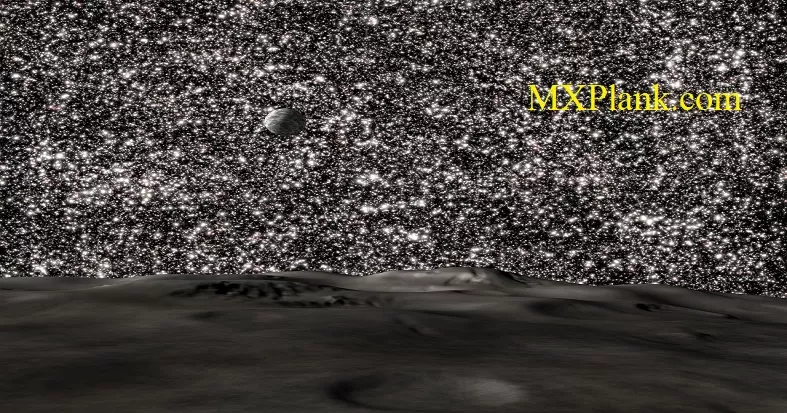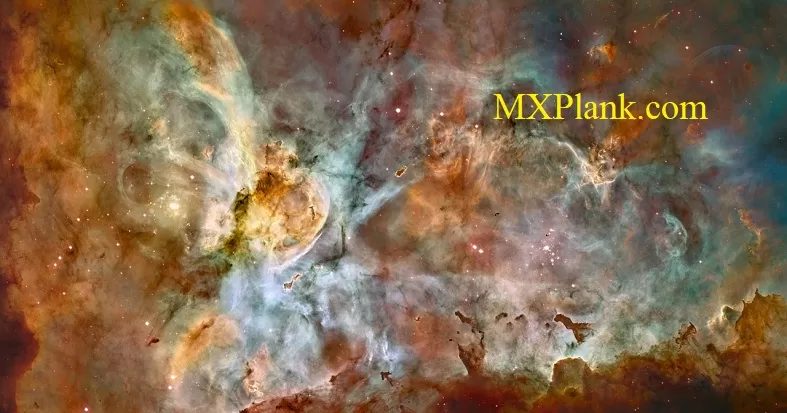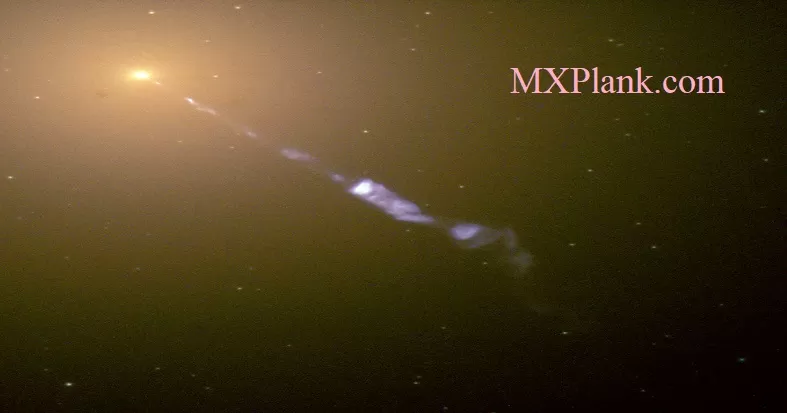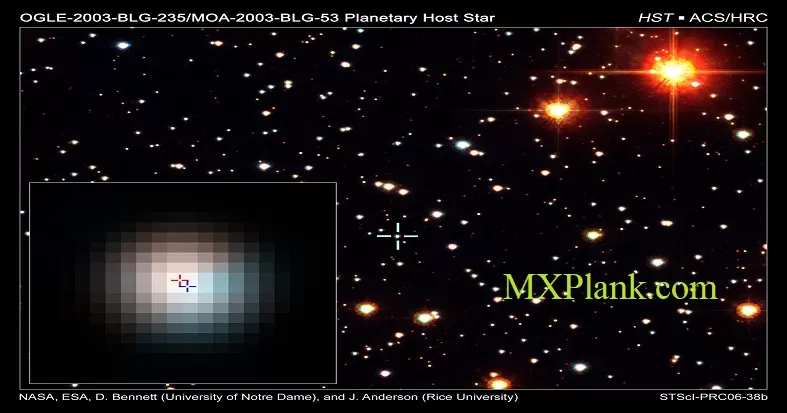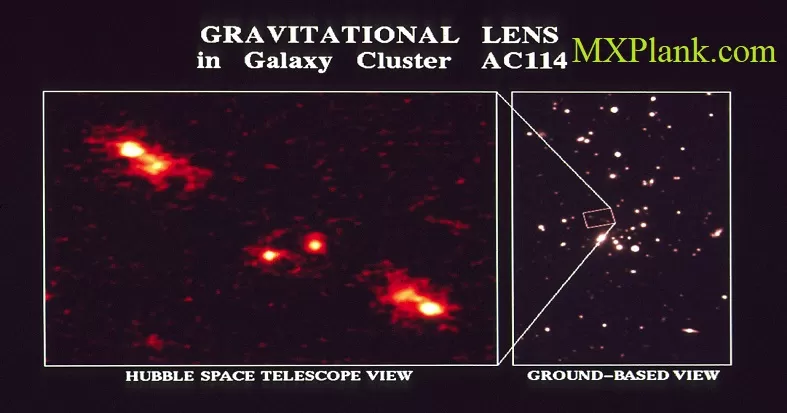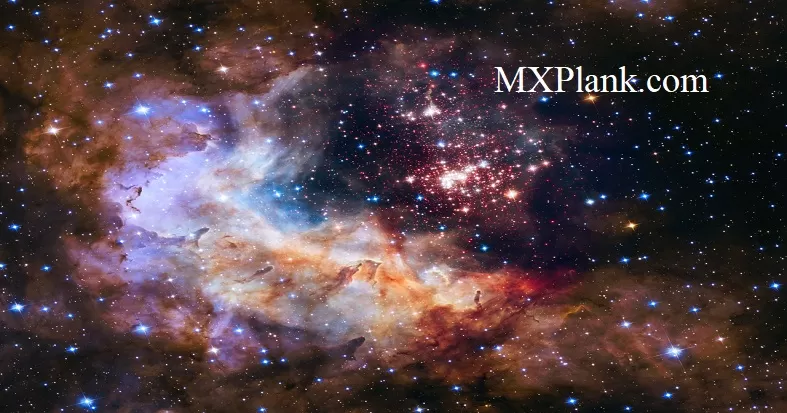Three Roads to Quantum Gravity
Smolin highlights the argument that space or spacetime is not continous but comes in discrete units, and further that these discrete units represent an organised structure. He stresses the conflict between relativity and quantum theory and argues that a theory of quantum gravity is needed to bridge the gap, describe the nature of spacetime and ultimately the origin of the universe.
In relativity, gravity manifests the structure of spacetime, which is curved by massive objects. The geometry of spacetime, or in other words the measurement of its areas and volumes, is seen as changing as massive objects move around. Time is similarly viewed as the evolving relationship between objects. Relativity refuted the common sense idea of space as a fixed stage upon which objects moved. Quantum theory has traditionally assumed a fixed background, but with the theory of loop quantum gravity Smolin hoped to have a form of quantum theory that related to an evolving rather than a fixed background. The universe is seen as a changing causal structure so what are usually treated as fixed things or objects are constantly developing processes that are in turn changing spacetime.
The extreme conditions of black holes are seen as a way of understanding quantum gravity. The event horizon of the black hole creates a region hidden (from external observers) within it. By extension, all observers have a hidden region, which is the region beyond the edge of the observable universe. Similarly, an observer in a spaceship accelerating towards, but never reaching the speed of light, will have a region behind them from which light does not catch up with the ship, and this too is a hidden region for the observer. The acceleration of the ship has sufficient energy for the zero point energy of the vacuum to be detected. The randomess of the vacuum fluctuations is viewed as a non-local correlation with photons in the hidden region. It turns out (according to Bekenstein's law) that the entropy detected by the ship is proportional to the area of the event horizon of the ship's hidden region. The entropy of of a horizon such as a black hole is calculated as a quarter of the area of the horizon/h bar x the gravitational constant. The horizon can be viewed as a screen with one pixel for every four Planck squares. The pixels are equivalent to the information hidden in the black hole. This is a finite amount suggesting a discrete spacetime whereas a continous spacetime would have to be described by an infinite number of pixels.
Smolin sees loop quantum gravity as a theory that allows a detailed description of the discrete structure of spacetime. This proposes that space is made up of discrete units each carrying a unit of volume. This volume has to be one of a set of numbers in a manner analogous to quantum theory. The jumps between areas and volumes relate to the square and the cube of the Planck length. Loop quantum gravity has the geometry of spacetime expressed in terms of loops with thei interrelation defining space. The area of any surface comes in discrete multiples of units. Both areas and volumes come in multiple of units. The discrete units of the theory relate to the spin network theory devised by Roger Penrose to describe quantum geometry. The edges of the network correspond to units of area and the nodes where edges meet to units of volume. The spin network is attractive in combining features from relativity and quantum theory with the networks generating space rather than being set in a fixed space.

